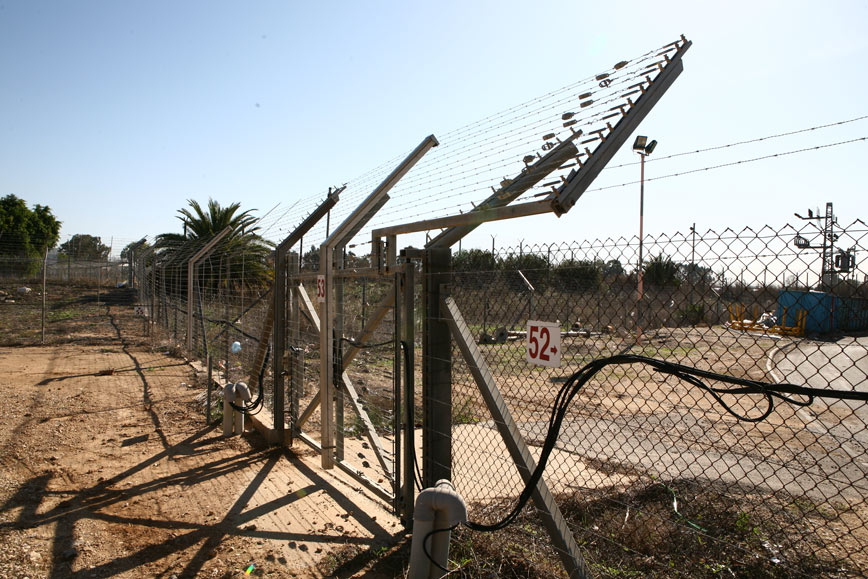How it works
DTR consists of multiple twisted barbed wires, typically separated in 9- 20 cm (3.5- 8 in.) intervals and stretched along a typical segment of 50 meters (164 ft.).
DTR sensors are mounted on sensor posts located halfway between adjacent anchor posts. An array of tensioned barbed wires is run between the anchor posts, supported and spaced by spirals.
Each sensor is clamped to two adjacent wires. A deflection or cutting of a wire causes an alarm. The wires are spaced sufficiently close together to make it impossible for an intruder to penetrate them without causing an alarm. For alarm reporting purposes, the sensors in each post are divided into a maximum of six (6) separate alarm groups, which allows isolation of the compromised section of the fence (bottom section, middle section and top section).
This capability, when analysed properly, can distinguish climbing scenarios against other types of intrusions. It will also eliminate nuisance alarms caused by small animals and improve fault isolation.















